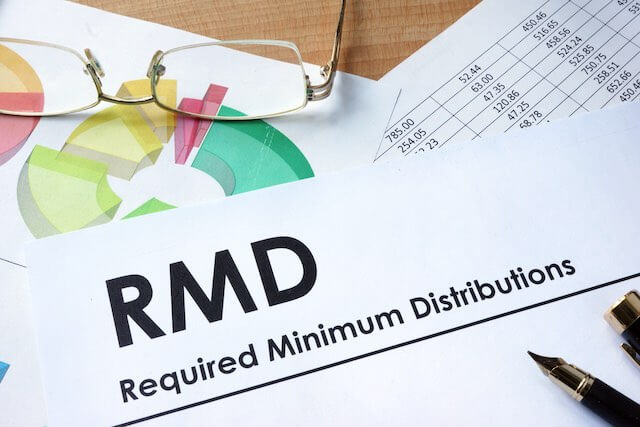Is the TSP about to get Roth-i-fied, and if so, will this require some federal employees to use the Roth TSP?
The saga of the SECURE Act continues with the 2.0 version of the bill (H.R. 2954) working its way through Congress. As widely noted, the legislation was approved by the House of Representatives at the end of March 2022 and now awaits Senate approval and Presidential signature to become law.
There is a bunch of stuff in the bill that will impact retirement savings, however I want to focus on the changes to catch-up contributions to an employer sponsored plan, including the Thrift Savings Plan (TSP).
What is a ‘catch-up’ contribution?
The IRS allows retirement plan participants over the age of 50 to make extra or “catch-up” contributions above the annual employee deferral limit. This amount is currently $6,500 annually – the normal employee deferral limit is $20,500 FY 2022.
The idea is that older participants are nearing retirement and therefore may want or need to catch-up by making larger contributions.
Also, older participants are more likely to be in peak earning years allowing the ability to make larger contributions. There are other types of accounts to use for additional contributions, but retirement plans can offer tax benefits.
If passed in current form, the bill would require employee catch-up contributions to be made on a Roth basis.
This is presumably an attempt by the government to raise tax revenue sooner than it ordinarily would with traditional tax-deferred contributions. I won’t attempt to understand how they got here, only that it seems unnecessarily complicating.
The bill also includes a seemingly random increase of the catch-up amount to $10,000 annually for participants aged 62, 63, and 64, but not 65 or older.
How does this impact you?
If you are over the age of 50 and want to make catch-up contributions, you will be required to use the Roth TSP. You would retain the choice (Roth vs. traditional) on normal contributions or the first $20,500.
Taxes
This means you lose the ability to deduct the catch-up contribution amount from your income taxes. Not a huge deal as it’s a relatively small amount, but depending on your tax situation this deduction can help.
You can multiply the contribution amount by your marginal tax rate to determine the amount of tax this plays out to be.
The 5-year rule
Roth accounts, including TSP, 401(k), IRA, carry a mandatory five-year holding period to be eligible for qualified tax-free distributions from the account. In other words, your Roth account needs to open for five years to qualify for tax-free withdrawals of account earnings.
That simply means the Roth portion of your TSP will need to be open for five years before taking a distribution to qualify for tax-free withdrawals of earnings.
A few important points: This only applies to earnings, not contributions. There are also ordering rules that apply to Roth distributions – when a distribution is made contributions are deemed to come out first, then conversions, and finally earnings – this can help buy extra time to meet the requirements. And lastly, the holding period is determined by calendar year, not the date the account was opened.
A strategy to consider..
We are advising clients to consider getting the clock started on the 5-year rule by opening both a Roth TSP and Roth IRA account.
Opening the Roth TSP gives you flexibility if the rule changes and you decide to maintain your funds in the TSP plan. The clock starts ticking on the 5-year rule.
Opening a Roth IRA gives you the option to roll your TSP over in the future and satisfy the 5-year rule faster. This is good practice for those already contributing to the Roth TSP.
Remember, time in the Roth TSP doesn’t count toward a Roth IRA. Also, if your income is beyond Roth IRA contribution limits, consider a backdoor Roth strategy to get the account set up.
Tax diversification is a good thing, and the Roth may already be a good fit for a portion of your cash flow; it just hurts to lose the choice. Good planning can create flexibility, and that’s important for many reasons, including creating options of your own.
The content is developed from sources believed to be providing accurate information. This material was created for educational and informational purposes only and is not intended as ERISA, tax, legal or investment advice. If you are seeking investment advice specific to your needs, such advice services must be obtained on your own separate from this educational material.



